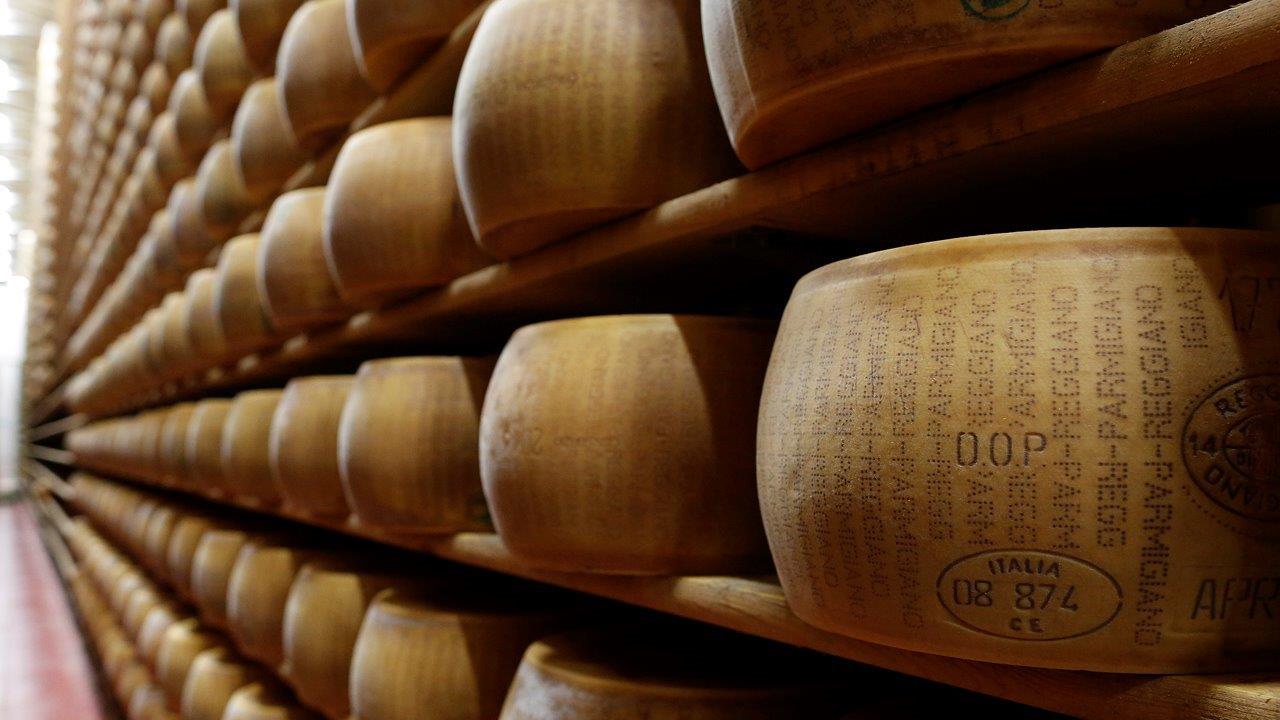America's cheese problem just hit record numbers
Calling all cheese lovers: America needs you!
According to data from the U.S. Department of Agriculture, the U.S. is still sitting on a massive surplus of cheese.
Even though Americans consumed nearly 37 pounds of cheese per capita in 2017, it still wasn’t enough to reduce the country’s more than 1.4 billion pounds of cheese surplus that’s currently sitting in cold storage.
And, while millennials have been blamed for the death of American cheese – the processed kind made by brands such as Kraft, Velveeta and Land O’Lakes – they’re only part of the problem.
According to NPR, the stockpile isn’t new, it’s just continuing to build due to the rapid pace of milk production exceeding consumption over the past 10 years. Since 2008, milk production has increased by more than 13 percent but overall consumption has rapidly decreased since the late 1970s, forcing suppliers to turn extra milk into cheese instead, as it’s less perishable.
Another issue for U.S. cheese makers, according to Matt Gould, editor at The Dairy & Food Market Analyst, is that customers and even major fast-food chains are turning their backs on American-made cheeses and opting for more natural, European cheeses.
Wendy’s, for example, was one of the pioneers in transitioning to real cheese from artificial ones. In 2011, it announced plans to replace the Swiss cheese with Asiago cheese on its chicken club sandwiches.
Even Cracker Barrel and Panera Bread have made moves to ditch processed cheeses and replace them with real cheese options. Joseph Cook, senior dairy analyst at Informa Economics told FOX Business last October that tariffs on processed cheese to Mexico, the U.S.’ largest cheese importer, have led to the surplus.
“Tariffs have dropped year-to-date exports to Mexico around 10 percent from [2017],” Cook said.
CLICK HERE TO GET THE FOX BUSINESS APP
But while artificial cheeses are out, the overall cheese-making business is still booming in the U.S.
Gould said that the number of U.S. cheese factories has increased 40 percent between 2000 and 2017, but the growth is being driven by small, specialty cheesemakers.




















